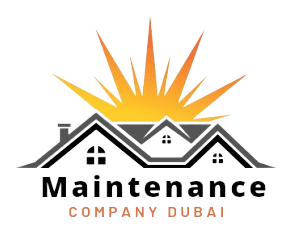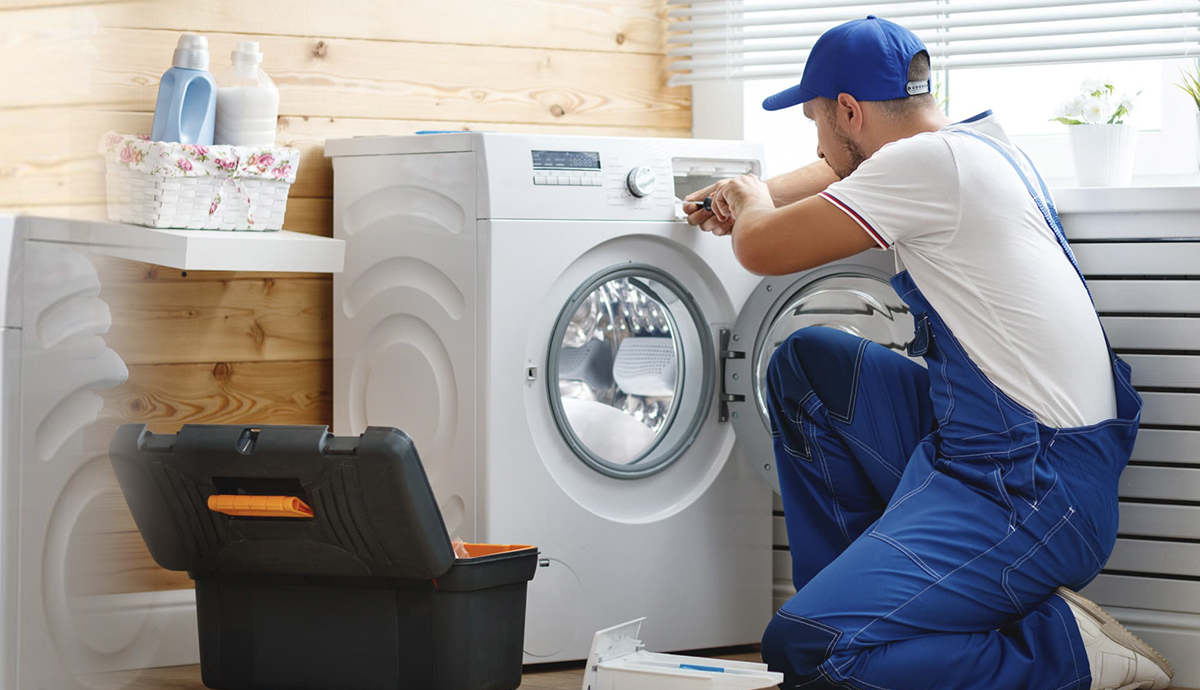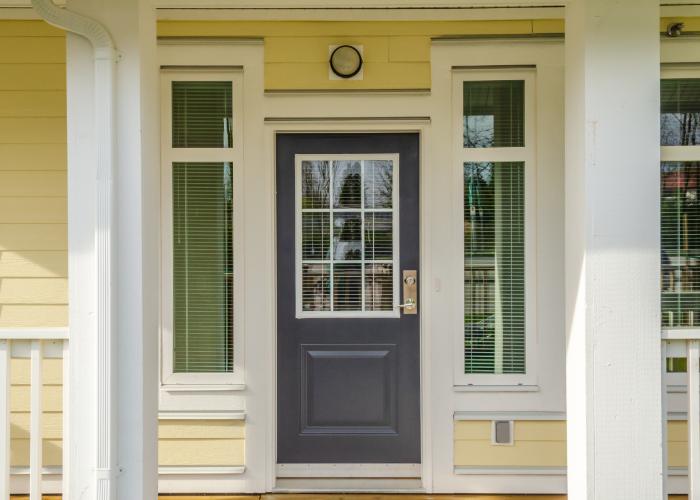When it comes to reliable Plumber Services in Dubai, choosing the right service provider is essential. Our top-rated plumber services offer expert solutions for...
Optimizing AC Fan Motors for Sustainable Facility Management
In today’s world, where environmental consciousness is on the rise and sustainability is a key focus across industries, facility management is no exception. Stepping towards sustainable facility management isn’t just a trend; it’s a necessity for preserving our planet and ensuring the longevity of our built environment. But what exactly does sustainable facility management entail, and how can organizations effectively implement it? Let’s delve into the essentials.

Understanding Sustainable Facility Management
Sustainable facility management involves integrating environmentally friendly practices and principles into the planning, design, construction, operation, and maintenance of facilities. It encompasses a holistic approach to minimize resource consumption, reduce environmental impact, and enhance occupant health and well-being.
Key Components of Sustainable Facility Management
- Energy Efficiency: Implementing energy-efficient systems and technologies, such as LED lighting, smart HVAC systems, and renewable energy sources like solar power, can significantly reduce energy consumption and greenhouse gas emissions.
- Water Conservation: Employing water-efficient fixtures, implementing rainwater harvesting systems, and optimizing irrigation practices contribute to reducing water usage and promoting water conservation efforts.
- Waste Management: Adopting waste reduction strategies, recycling programs, and composting initiatives help divert waste from landfills and promote a circular economy mindset within facilities.
- Indoor Air Quality: Ensuring proper ventilation, using low-emission building materials, and implementing indoor air quality monitoring systems contribute to creating healthier indoor environments for occupants.
- Green Building Certifications: Pursuing certifications such as LEED (Leadership in Energy and Environmental Design) or BREEAM (Building Research Establishment Environmental Assessment Method) demonstrates a commitment to sustainable building practices and can enhance the marketability and value of facilities.
- Sustainable Procurement: Prioritizing the procurement of eco-friendly products, materials, and services that meet environmental standards and certifications helps support sustainable supply chains and reduce the environmental footprint of facilities.
- Occupant Engagement: Engaging building occupants through education, awareness campaigns, and participation in sustainability initiatives fosters a culture of environmental responsibility and encourages sustainable behaviors.
Benefits of Sustainable Facility Management
- Cost Savings: Implementing energy and water conservation measures, as well as waste reduction strategies, can result in significant cost savings through reduced utility expenses and operational efficiencies.
- Environmental Protection: By minimizing resource consumption, reducing emissions, and promoting sustainable practices, sustainable facility management contributes to mitigating environmental degradation and combating climate change.
- Enhanced Brand Reputation: Demonstrating a commitment to sustainability can enhance brand reputation, attract environmentally conscious stakeholders, and differentiate facilities in the marketplace.
- Improved Occupant Health and Well-being: Providing healthier indoor environments with improved air quality and natural lighting can enhance occupant productivity, satisfaction, and well-being.
- Regulatory Compliance: Adhering to environmental regulations and standards, as well as obtaining green building certifications, helps ensure compliance with legal requirements and industry best practices.
Implementing Sustainable Facility Management
- Assessment and Benchmarking: Conducting a thorough assessment of existing facilities, identifying areas for improvement, and establishing baseline metrics are essential first steps in implementing sustainable facility management practices.
- Goal Setting and Planning: Setting clear sustainability goals, developing a strategic plan, and integrating sustainability into facility management policies and procedures provide a roadmap for action.
- Investment in Technology and Infrastructure: Investing in energy-efficient technologies, sustainable building systems, and infrastructure upgrades is critical for achieving long-term sustainability objectives.
- Training and Education: Providing training and education for facility managers, staff, and occupants on sustainable practices, procedures, and technologies fosters a culture of sustainability and ensures effective implementation.
- Monitoring and Reporting: Establishing monitoring systems, tracking performance metrics, and reporting on progress towards sustainability goals enable continuous improvement and accountability.
Conclusion
Stepping towards sustainable facility management is not just a responsibility but an opportunity for organizations to create healthier, more resilient, and environmentally responsible built environments. By integrating sustainable practices into facility management strategies, organizations can reap numerous benefits, from cost savings and environmental protection to enhanced brand reputation and occupant satisfaction. Embracing sustainability today is an investment in a better future for generations to come.
As we embark on this journey towards sustainability, let us commit to making a positive impact on our planet and building a more sustainable world for all.




